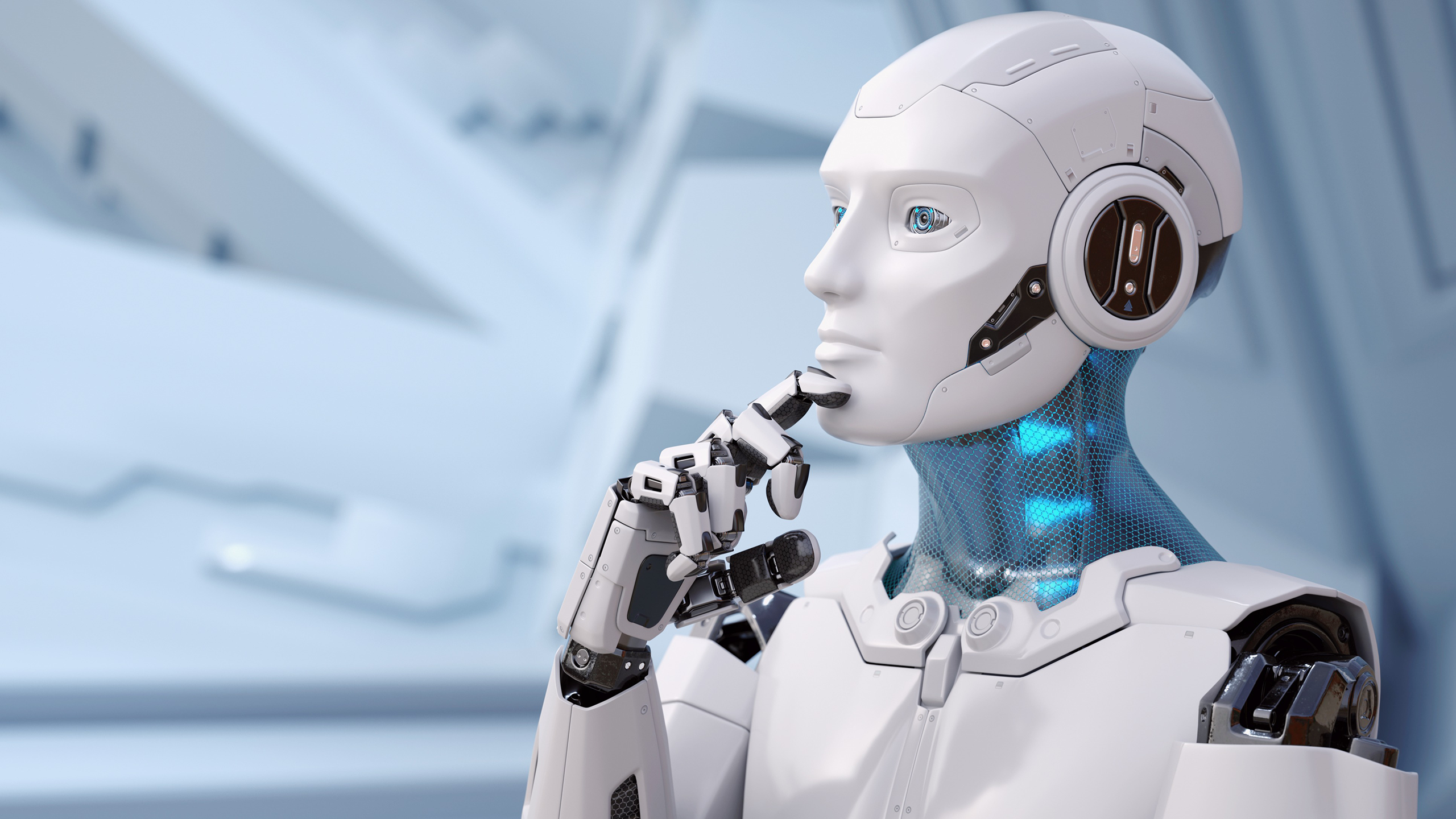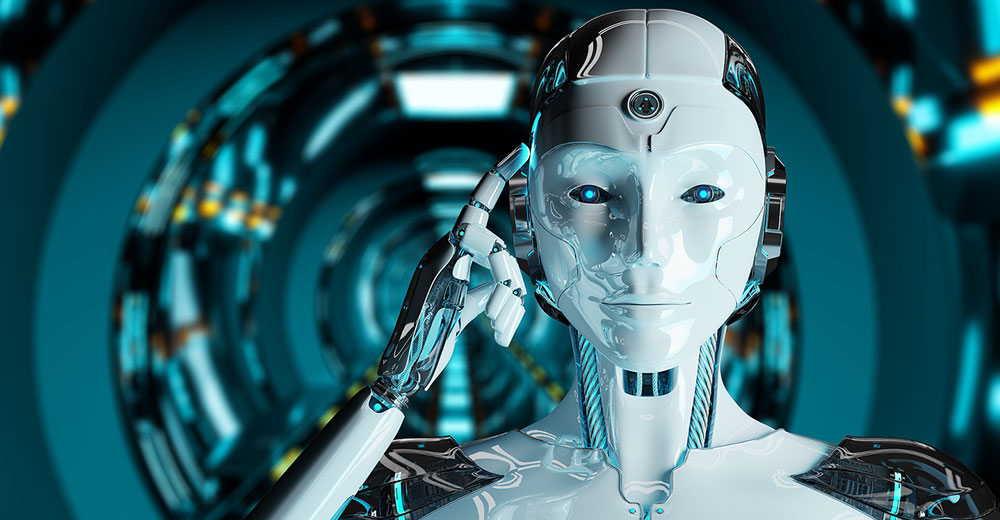Is Tesla Really a $25 Trillion Company Because of Optimus? A Deep Dive into Elon's Claim
Elon Musk recently claimed that Optimus, Tesla’s humanoid robot project, could push the company’s valuation to $25 trillion—more than half the current S&P 500's combined market cap. That’s not just bold; it's possibly the most ambitious valuation claim in corporate history.
But is it believable? Let’s dissect the claim from multiple angles: technological feasibility, market size, competition, timeline, and Tesla’s real odds of dominance.
1. What Elon Means: A Singular AI-Powered Labor Force
Elon’s argument hinges on a few premises:
-
General-purpose humanoid robots will replace or augment human labor across industries.
-
Tesla will mass-produce millions (or billions) of Optimus units, essentially turning labor into a software problem.
-
Optimus will use Tesla’s vertically integrated AI stack (same as FSD), batteries, hardware, and Dojo training.
-
The result? Tesla captures the lion’s share of the global labor economy, an economy worth tens of trillions of dollars annually.
If Optimus works and becomes dominant, Tesla becomes the biggest company on Earth—potentially bigger than Apple, Microsoft, and Saudi Aramco combined.
2. What Elon Might Be Missing: Market Realities & Competitive Forces
Even if humanoids become as ubiquitous as smartphones or PCs, assuming Tesla will produce all or even most of them is unrealistic. Here’s why:
a. The Rise of Competitors
Many companies—big and small—are already building their own humanoids or robotic solutions:
-
Boston Dynamics (Hyundai): Decades of experience and deep robotics IP.
-
Figure AI: VC darling with OpenAI partnership.
-
Agility Robotics: Backed by Amazon; targeting warehouse and logistics.
-
Sanctuary AI: Canada-based; focused on general-purpose labor.
-
1X Technologies (Norway): Backed by OpenAI, has humanoids in the field.
-
Apptronik: Partnered with NASA, already in advanced prototyping.
And then there’s China, which sees humanoids as a national strategic priority. Players like UBTech, Fourier Intelligence, and Xiaomi are moving fast.
Expect India, Japan, South Korea, Europe, and countless startups (including stealth-mode ones) to jump in.
This is like assuming IBM would own all of personal computing in the 1980s.
3. The Big Unknown: New Entrants and the Startup Tsunami
The humanoid robotics revolution is not just hardware. It’s AI, cloud, edge computing, energy, and systems integration. This creates a huge opportunity for new players:
-
Just as Apple disrupted IBM, new entrants with novel models—robots-as-a-service (RaaS), open-source humanoids, or local manufacturing—could eat Tesla’s lunch.
-
Think of what Android did to iPhone's early lead in global smartphone penetration.
-
A small startup today could become the future "AWS of robots," providing the intelligence layer.
4. Is the $25 Trillion Valuation Believable?
Let’s crunch the fantasy:
-
Global GDP is ~$110 trillion.
-
Labor accounts for ~60% of that: ~$66 trillion.
-
Even capturing 10% of global labor = $6.6 trillion in annual value.
-
If Tesla takes half that and gets a 5x revenue multiple, you’re at ~$16 trillion. Stretch that further with software margins, network effects, and platform monetization—and $25T becomes plausible, but not probable.
The real question is not whether the value exists—but whether Tesla will monopolize it.
5. Timelines Matter
Elon’s timeline is always... Elon time. For context:
-
In 2019, he said 1 million Robotaxis by 2020. Still waiting.
-
FSD is still not full autonomy.
-
Optimus demos are impressive but far from plug-and-play laborers.
Realistic Timeline:
-
2025–2027: Optimus starts limited factory work.
-
2028–2030: Early commercial deployment.
-
2035+: Mass-market adoption possible—if breakthroughs continue.
Tesla may be first mover, but fast followers often dominate once the market is proven.
6. Platform vs. Product
Tesla’s strategy is classic vertical integration. But long-term, the market might favor platforms over closed ecosystems.
Just like:
-
Android beat iOS in volume.
-
Windows beat Mac in enterprise.
-
AWS beat all in cloud.
An open robotics OS, shared protocols, and customizable hardware might win global scale, not a walled Tesla garden.
Conclusion: A Billion Robots, But Not All Wearing the Tesla Logo
Elon Musk’s $25 trillion Tesla dream via Optimus is not impossible, but it is highly improbable—especially if it rests on near-total market domination. More likely, Tesla will be one of a handful of super-players in the humanoid robot race.
The real winners will be:
-
Those who nail scalability + cost efficiency.
-
Those who can integrate AI + hardware + labor services.
-
Those who create ecosystems, not just products.
Optimus might make Tesla a multi-trillion-dollar company. But the humanoid future will be a crowded playing field, not a one-company parade.
Tesla might be the IBM. But somewhere out there, a robotic Apple or Android is already being built.
The 20% Growth Revolution: Nepal’s Path to Prosperity Through Kalkiism
Rethinking Trade: A Blueprint for a Just and Thriving Global Economy
The $500 Billion Pivot: How the India-US Alliance Can Reshape Global Trade
Trump’s Trade War
Peace For Taiwan Is Possible
Formula For Peace In Ukraine
The Last Age of War, The First Age of Peace: Lord Kalki, Prophecies, and the Path to Global Redemption
AOC 2028: : The Future of American Progressivism
Velocity Money: Crypto, Karma, and the End of Traditional Economics
The Next Decade of Biotech: Convergence, Innovation, and Transformation
Beyond Motion: How Robots Will Redefine The Art Of Movement
ChatGPT For Business: A Workbook
Becoming an AI-First Organization
Quantum Computing: Applications And Implications
Challenges In AI Safety
AI-Era Social Network: Reimagined for Truth, Trust & Transformation
Remote Work Productivity Hacks
How to Make Money with AI Tools
AI for Beginners
View on Threads
View on Threads
View on Threads
View on Threads
View on Threads
View on Threads
Is Tesla Really a $25 Trillion Company Because of Optimus? A Deep Dive into Elon's Claim https://t.co/6TjJgJNTMN
— Paramendra Kumar Bhagat (@paramendra) May 31, 2025


